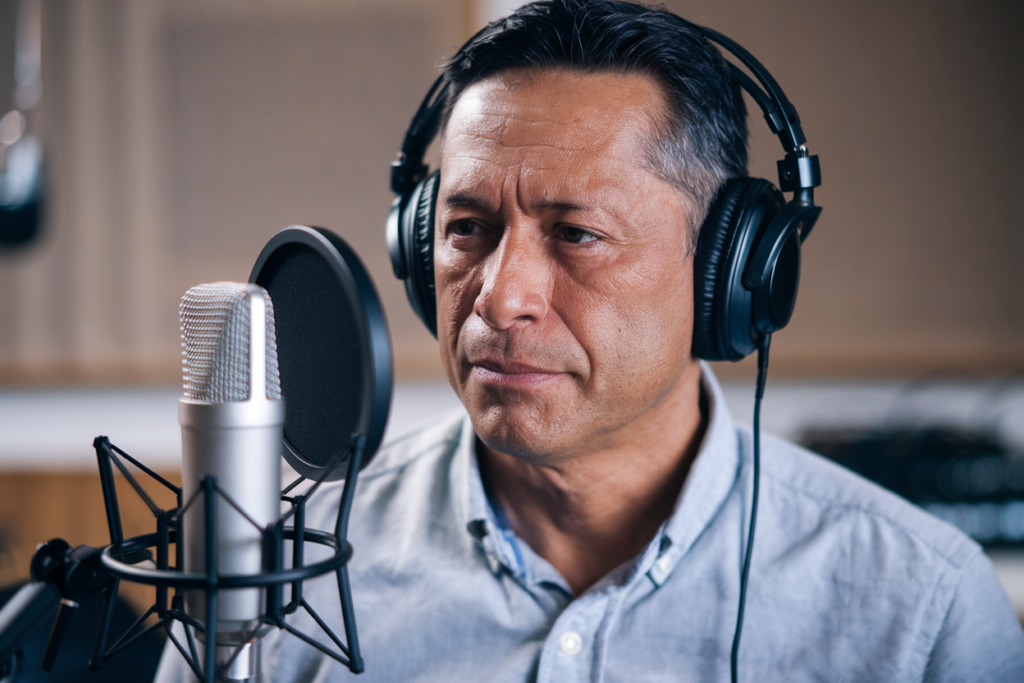Mexican voice overs involve professional voice talent delivering audio content in a Mexican Spanish accent, dialect, or language style. These services are widely used in media such as films, commercials, audiobooks, e-learning materials, and more to authentically represent Mexican culture and resonate with Mexican audiences.
The Importance of Mexican Voice Overs in Media
- Cultural Authenticity: Mexican voice overs preserve cultural nuances, ensuring messages are relatable and respectful of the Mexican audience’s identity.
- Engagement: Localized content in a familiar accent or dialect enhances audience engagement.
- Global Reach: With millions of Spanish speakers worldwide, Mexican voice overs help connect with this vast demographic effectively.
Language, Accent, and Dialects in Mexican Voice Overs
Language Used in Mexican Voice Overs
Mexican voice overs are primarily delivered in Mexican Spanish, which is distinct from other Spanish varieties. While standard Spanish (or Castilian) is the foundation, Mexican Spanish features unique vocabulary, phrases, and pronunciations.
- Examples of Unique Mexican Spanish Terms:
- “Órale” (an expression of encouragement or approval)
- “Chido” (cool)
- “Qué onda” (what’s up)
Accent in Mexican Voice Overs
The Mexican Spanish accent is characterized by its melodic tone and clear pronunciation of vowels. It’s considered one of the most neutral and versatile Spanish accents, making it ideal for both local and international markets.
- Key Accent Features:
- Clear pronunciation of “s” sounds.
- Less frequent use of the “th” sound compared to Castilian Spanish.
- Rolled “r” sounds that add richness to the language.
Dialects in Mexican Voice Overs
Mexico is home to a variety of regional dialects, which can be essential for targeting specific audiences. Some popular regional dialects include:
- Central Mexican Dialect: Common in Mexico City, often considered the standard dialect for national media.
- Yucatecan Dialect: Found in the Yucatán Peninsula, it incorporates Mayan influences.
- Northern Mexican Dialect: Features a more nasal tone, commonly used in northern states.
- Chilango Dialect: A colorful variant spoken in Mexico City, filled with colloquialisms and slang.
Applications of Mexican Voice Overs
Advertising and Marketing
Mexican voice overs are critical for localized advertising campaigns. Whether for radio, TV, or digital platforms, these services help:
- Build trust with local audiences.
- Increase brand relatability by using culturally relevant messaging.
Entertainment
From telenovelas to international films, Mexican voice overs are integral in dubbing and voice acting. These projects demand:
- Authentic performances to match on-screen characters.
- Voices that can convey a wide emotional range.
E-Learning and Corporate Training
Mexican voice overs ensure accessibility for Spanish-speaking learners, offering:
- Clarity in technical or educational materials.
- Engagement through relatable tone and style.
Audiobooks and Podcasts
For Spanish-speaking listeners, Mexican voice overs bring stories and topics to life by:
- Capturing the essence of Mexican culture.
- Delivering a captivating and immersive auditory experience.
Finding Professional Mexican Voice Over Services
When selecting a Mexican voice over service, look for:
- Experienced Talent: Professionals who can adapt to the desired tone, accent, and character.
- High-Quality Recording: Crisp, studio-quality audio that meets industry standards.
- Versatility: Talent capable of handling diverse projects, from commercials to audiobooks.
Mexican voice overs bring authenticity and cultural relevance to content, making them an essential part of global communication strategies.







